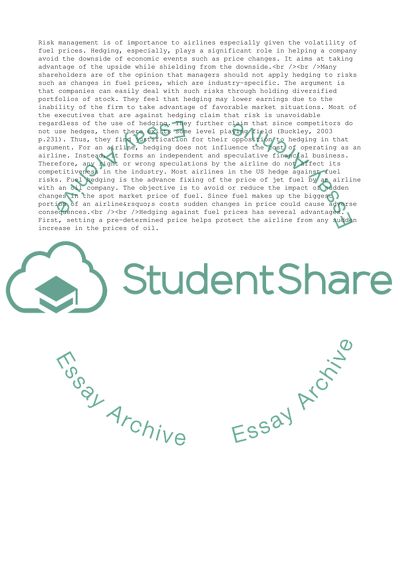Cite this document
(Financial Risk Management Coursework Example | Topics and Well Written Essays - 1750 words, n.d.)
Financial Risk Management Coursework Example | Topics and Well Written Essays - 1750 words. https://studentshare.org/management/1862075-financial-risk-management
Financial Risk Management Coursework Example | Topics and Well Written Essays - 1750 words. https://studentshare.org/management/1862075-financial-risk-management
(Financial Risk Management Coursework Example | Topics and Well Written Essays - 1750 Words)
Financial Risk Management Coursework Example | Topics and Well Written Essays - 1750 Words. https://studentshare.org/management/1862075-financial-risk-management.
Financial Risk Management Coursework Example | Topics and Well Written Essays - 1750 Words. https://studentshare.org/management/1862075-financial-risk-management.
“Financial Risk Management Coursework Example | Topics and Well Written Essays - 1750 Words”. https://studentshare.org/management/1862075-financial-risk-management.


